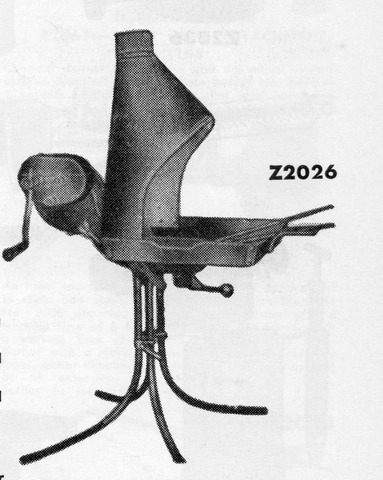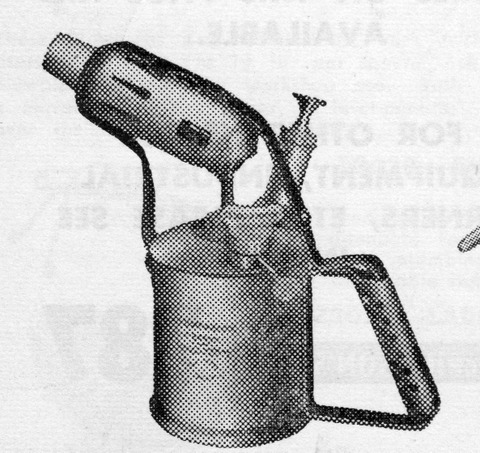To make quality knives you must understand a few of the simple rules of hardening and softening steel. While there are university courses on the subject, we shall try to keep the lesson as painless as possible, while still covering the basic rules.
The hardness of a piece of steel is determined by two factors. These are the amount of carbon present in the steel, and the way in which the carbon is distributed. While you can’t do much about the amount of carbon present, you can alter the way in which it is distributed.
In its softest state, the carbon will be collected into large crystals among the iron particles of the steel. When hardened, the carbon will be evenly spread throughout, in the form of very fine carbon particles intermixed with the iron. This mixing is directly influenced by the temperature to which the steel has been heated, and the rate at which it has been cooled.
Annealing
Annealing is the term used when steel is softened. This is accomplished quite simply. The steel must first be heated to a uniform red heat. While a forge is best for this process, you can achieve the same effect using your garden incinerator. Stoke the incinerator up with all the dry cuttings, branches and wood that you can find. Tie a piece of wire around the steel, and put it in the fire. Bring the steel to red heat and allow it to stay in the fire as long as the fire continues to burn well. (At least a minimum of ten minutes).

Quickly remove the red hot steel from the fire and drop it into a large tin of garden lime or sieved wood ashes. Make sure the steel is well covered by the lime, and allow to cool slowly for several hours. If you don’t have any lime, allow the steel to cool slowly in the fire. Note: the steel must cool as slowly as possible.
Hardening
Hardening is the exact opposite of annealing, In this case you bring the steel to bright red heat. (The incinerator can be used for this purpose as well). While still red hot, it should be immersed in water. You will need a large tin (say 20 litre drum), and have it full of water. Jig the steel up and down in the water, so that it is constantly exposed to fresh cool water. This will harden the steel to its full potential. It will be brittle in this state and require further treatment.
Tempering
Tempering is the controlled softening of hardened steel. While a degree of hardness is lost, toughness is gained in its place.
In principle, the hardened steel is reheated until the tempering colours start to ‘run’. When the desired colour shows, the steel is again quenched. In this case you can quench it in oil if you have any old sump oil handy. Water will do, but oil is better, as it does not cool quite as quickly. There will be less heat stress in oil quenched steel, and you should get a better product.
Tempering requires a controllable heat source. We recommend that you use a propane burner, though a blow lamp or even a primus will do.

There are other methods of tempering, including the use of low melting point metals, to achieve the same results. However, we regard these as being somewhat specialised, and beyond the reach of the novice knife maker.
We will give specific details on tempering the blade when we reach that section of the book.



